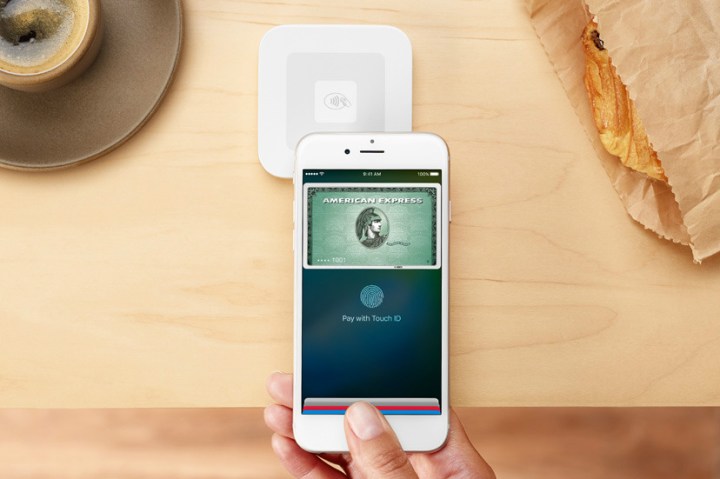
The long-term partnership will see the NFC Forum and APTA work to “jointly educate the industry” on NFC technologies as they relate to public transportation. Specifically, the organizations will together produce training courses and fund white papers, analyses of case studies, and research on the subject. APTA will in addition participate in the NFC Forum’s various Transport Special Interest Group workshops and governing bodies, and begin working independently toward settling upon a standard for ticketing and fare payment systems.
APTA is clearly bullish on NFC. “NFC will improve the passenger experience by linking passengers with mobile phones and public transit fare payment,” said APTA President and CEO Michael Melaniphy in a statement, “and by increasing the opportunities to share digital content to improve the transit passenger convenience,”
That’s a good thing, because the United States lags far behind other countries in implementing contactless options for public transport. According to London government transit authority Transport for London, the London Underground and train stations in the U.K. handled 11.8 million contactless transactions alone last month. And of the world’s 10 busiest metro systems, only New York and Mexico City have yet to support NFC-enabled fare cards.
That’s not to say the situation isn’t improving. In San Francisco, both the city’s BART subway system and more than 30,800 parking meters support NFC ticketing. In 2014, Washington pledged $184 million to upgrade its transit system to accept NFC. And in March of 2015, Chicago’s CTA and Pace began accepting contactless credit and debit cards payments.
And Apple’s doing its part to spur adoption. Rumors persist that the company’s planning to expand access to the NFC chips found in the Apple Watch and newer iPhones to public transit apps.
“NFC technology has the power to transform public transport and the passenger experience,” said NFC Forum Chairman Koichi Tagawa in a press release. “NFC will not only streamline fare collection but also make transport operations more seamless, efficient, and responsive.”
Given the relative success of Apple Pay, that’s probably true. Apple’s mobile payments platform surpassed 1 million activations in the first 72 hours of its availability, and usage among first-time iPhone 6 and 6S owners grew to 16.6 percent last year according to market research group pymnts.com.


